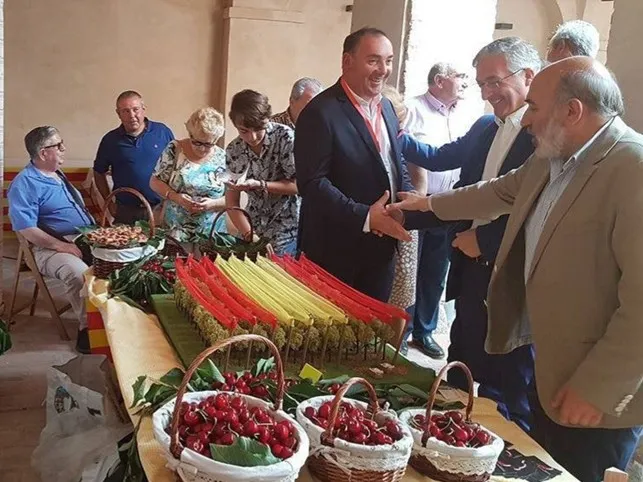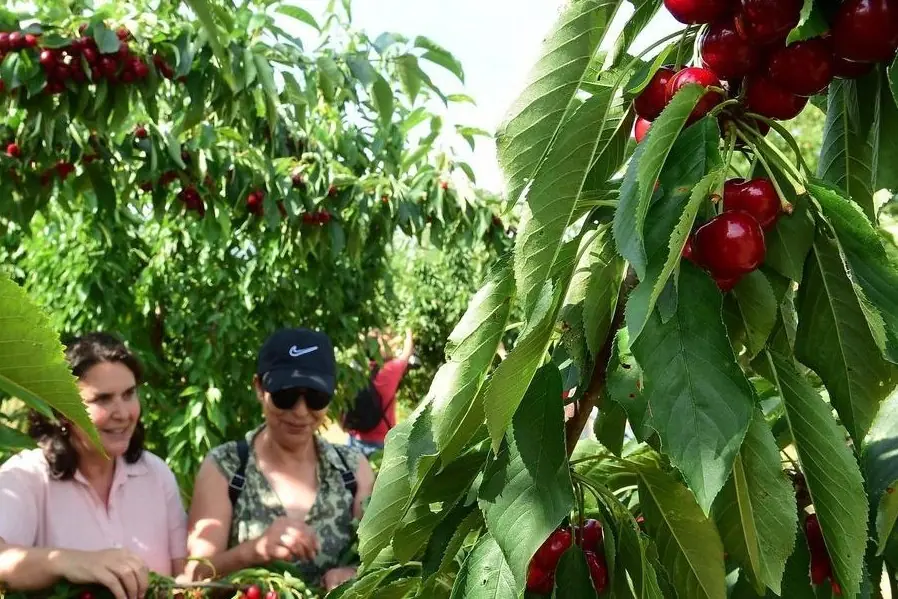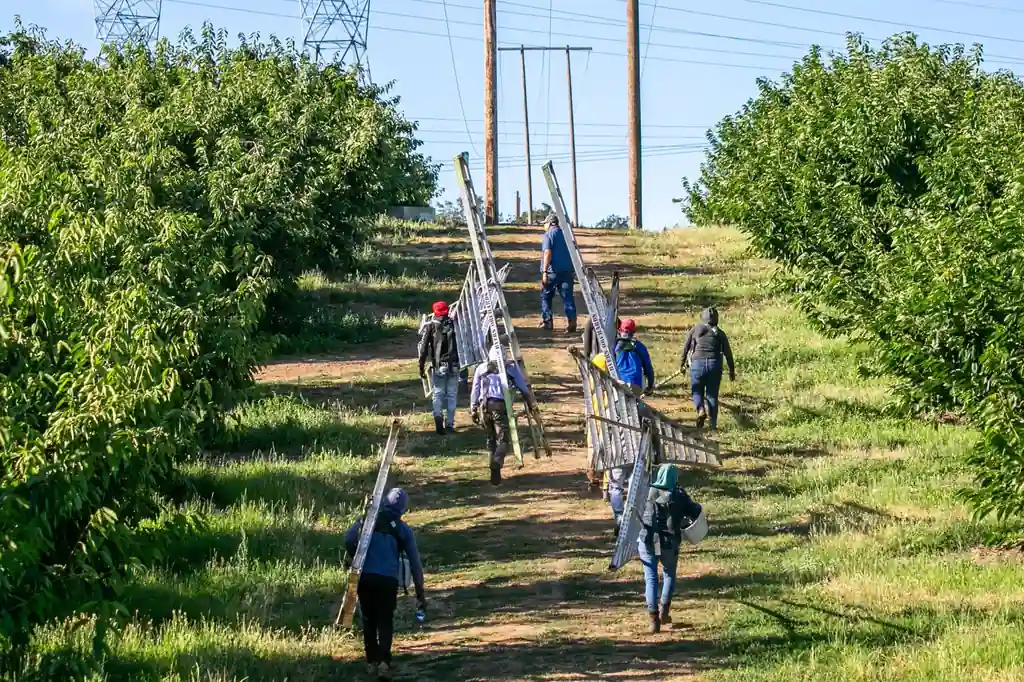The creation of a Protected Geographical Indication (PGI) for cherries from the Calatayud and Aranda regions (Spain) has been stalled for over a year. In May 2023, the extraordinary assembly of the Association for the promotion of this fruit produced in both territories approved the provisional statutes of the Regulatory Council, as well as the specifications and the regulation, while simultaneously approving the provisional appointment of the members of this controlling and representing body.
Between the end of that month and the beginning of June of the same year, the organization was supposed to present all the documentation to the Government of Aragon to receive approval and begin the public display process. However, to date, no progress has been made in this regard. As Heraldo learned from group sources, one of the main problems is the economic cost of formalizing the quality mark, which is estimated at around 50,000 euros.
For over a year, the managers have been searching for sources of funding and institutional support to cover this amount. If the entire process materializes, the future PGI will bring together about thirty producers capable of producing an average of nine million kilograms per year from 3,300 hectares distributed across the two districts, most of which are in mountainous areas.

“Having a PGI is important to give even more value to a product with characteristics and quality that are different. It will allow us to move to another level and provide greater added value, benefiting our villages,” said Alberto Pérez, a farmer from Olvés, elected head of the council.
The development process of the Protected Geographical Indication dates back more than six years ago. At the same time, in 2018, the Association for the promotion of cherries was founded, which, according to the data at the time, represented about 40% of production in Aragon.
This was followed by the creation of the quality mark, which ultimately leaned towards the PGI. The cost of developing these foundations was estimated at 50,000 euros, of which the Association for Integral Rural Development (ADRI) Calatayud-Aranda granted an 80% subsidy, in addition to covering part of the administrative work.
Source: Heraldo de Aragón
Image: Aragón Digital
Cherry Times - All rights reserved













